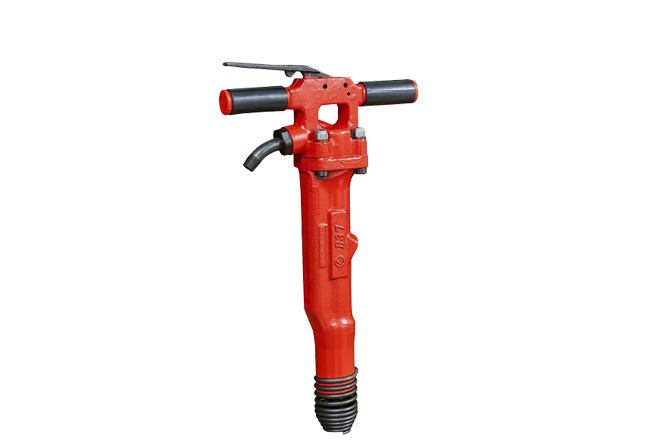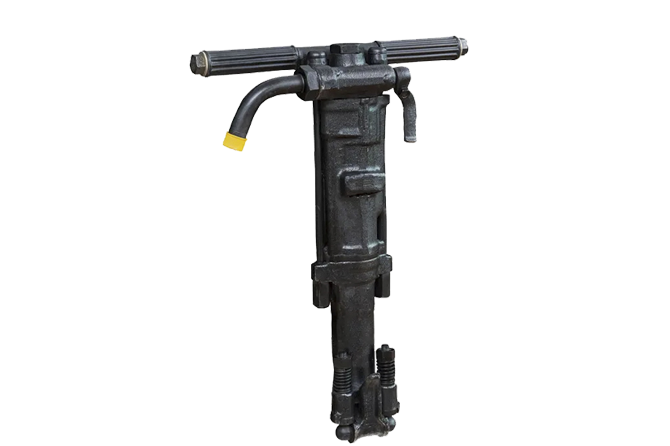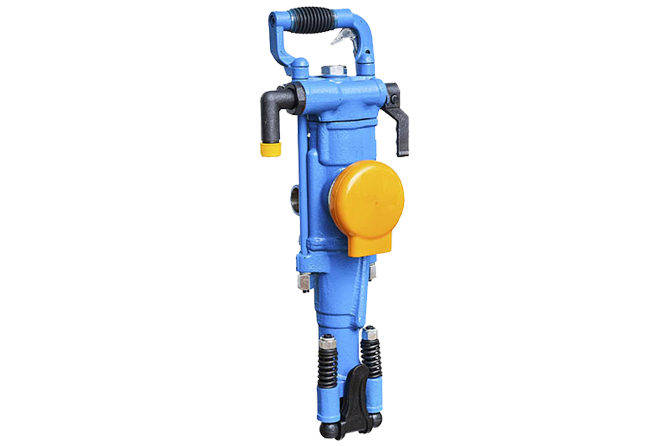Jack hammering is an intricate undertaking that taps into the strength of a heaving hammer to break apart rigid substances such as concrete, stone, tar, and many other formidable materials. This process is pivotal for getting these items prepared for other tasks such as digging and constructing. Operating a jack hammer necessitates tremendous expertise from the operator in addition to the precise equipment.
A jackhammer takes a drill-like shape and utilizes either an air compressor or electric motor to amplify its striking power. With its angular orientation, it forces a relentless onslaught of impacts against objects, shattering them into bite-sized fragments. For more precise fracturing, an operator can swap out the attached chisel for one with a needle-like point.
Working with a jack hammer may present numerous potential risks, so it is important for the operator to be aware of the possible hazards. Flying materials, dropping objects, and electric shock hazards are all crucial to consider when utilizing a jack hammer. The right safety precautions are key for the operator’s protection, thus wearing appropriate gear including safety glasses, gloves, and hard hats is essential.
Jack hammering can be an easy and efficient option when excavating from a uniform material which possesses a shallow depth. Yet, when the material is too thick and irregularly distributed, the approach may not yield desired outcomes. Furthermore, the operator ought to be conscious of the context surrounding the excavation point to shield any nearby foundations or utilities from malfeasant consequences.
Those working with a jackhammer must stay mindful of its capacities. Selecting the proper setting on the machine is of great importance, both for protecting the material and the tool. Additionally, keeping track of the hammering pressure and depth is key; overcompensation can lead to matters becoming complicated by causing a quicker breakdown of the material.
Jack hammer digging is an essential tool for construction and excavation sites, a process that demands skill and attention to detail. Despite the labour involved, it can prove to be a proficient method of excavating hard surfaces. As long as one is equipped with the proper equipment and familiar with the operation of such machinery, jack hammer digging can optimally serve its purpose for any project.
Jackhammering is a vital tool for engineers, masons, and builders alike, as it is used to break down resilient surfaces like asphalt, concrete, and even rock. This technique of excavation is not just limited to breaking through hard terrains, but is also extensively deployed for digging out holes and readying the ground for various structural projects. Jackhammers are pivotal in the building business, with a plethora of uses across all types of projects.
A jackhammer is a power-driven tool that pounds sturdy surfaces with steel chisels affixed to a revolved shaft. Jackhammers rely on either an air compressor or a hydraulic motor as their source of energy, most often used for demolishing asphalt and other hard surfaces like concrete and rock. In addition, holes are drilled in the ground for construction-related endeavors like the forming of foundations.
Operating a jackhammer successfully requires agility in skill, finesse, and know-how. The user should understand the characteristics of the material they will use it on, as well as the necessary technique and speed to accomplish their tasks. It is also prudent to be aware of the hazards that accompany working with a heavy machinery such as this.
Protective garments and equipment are essential for operating a jackhammer. Safety glasses, steel-toed boots, and a hard hat must be worn by the person operating the tool to shield them from harm. Additionally, proper hearing protection must be used to guard their hearing – failure to do so could result in permanent damage.
Applying a jackhammer to a surface calls for extra vigilance; making sure that support is in place is paramount. The surface should be strong enough to hold steady, and free from the risk of toppling or shifting. Additionally, cautiously assess the area for any items that could interfere with the machine or hurt the oporator. Being aware and proactive will steer clear of any unexpected crashes or injuries.
The drill operator needs to put great consideration into choosing the right drill bit for the job, making sure it is of the suitable size and type. Moreover, lubrication of the drill bit is essential; if neglected, it can lead to premature breakdown or breaking of the bit due to excessive facing.
It is essential that workers recognize the hazards associated with operating a jackhammer. Anyone who attempts to wield this industrial tool must remember to employ safety protocols, like working in a space that has plenty of air circulation, as the debris it produces may be hazardous. Additionally, operators must be wary of the potential risks surrounding using a jackhammer, which could range from flying debris or even electrocution.
Jackhammer excavating is an essential necessity in the building sector and can be used for a variety of applications. It is essential to exercise caution when employing a jackhammer, making sure that all relevant safety practices are being observed and that the surface on which the work is being carried out is secure and firm. If these safety procedures are followed diligently, it will guarantee that the job can be accomplished securely and proficiently.
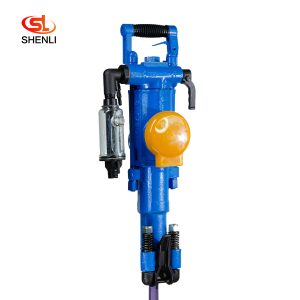
Short Description: YT29A air-legged rock drills are heavy-duty push-leg (air-legged) rock drills with low energy consumption, which are more suitable for drilling horizontal or inc […]
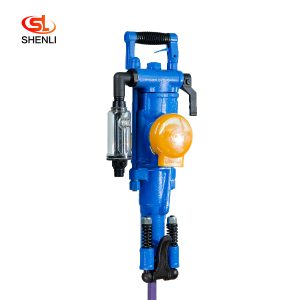
Short Description: The YT28 air-leg rock drill is a kind of high-efficiency, energy-saving and environmentally friendly rock drilling equipment. Compared with similar pneumatic pro […]
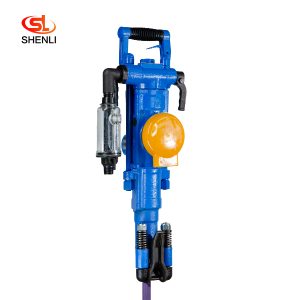
Short Description: The YT27 air-legged rock drill is a highly efficient lightweight rock drill suitable for downward or inclined drilling in medium-hard or hard (f=8 – 18) ro […]
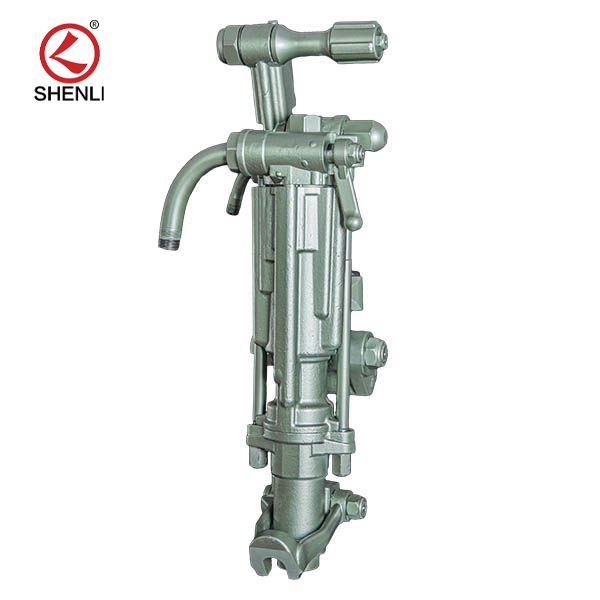
Product description: (S250 jackleg Drill) has been the preferred choice of miners who demand high performance, superior control and lasting reliability. the S250 jackleg allows ope […]
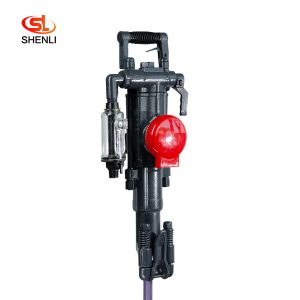
Scope of application: Model S82 air-legged rock drills are heavy-duty air-legged rock drills with high efficiency and low consumption, which are especially suitable for use in the […]
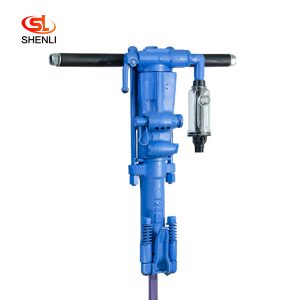
Product introduction Y26 hand-held rock drill is mainly used for drilling shell holes and secondary blasting in mines, railroads, water conservancy, and rock works, which can dry a […]
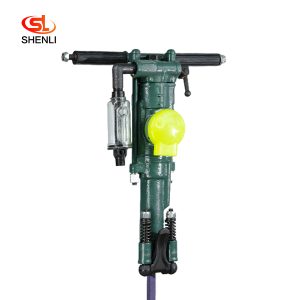
Product description: Y24 hand-held rock drill is a variant of YT24 air-leg rock drill in our factory. It has the advanced level in China and was rated as the high quality product i […]
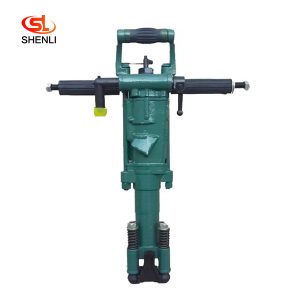
Product description: Y20LY hand-held pneumatic leg dual drill is a kind of light rock machinery, which can be used in secondary blasting in mines and quarries as well as in stone w […]
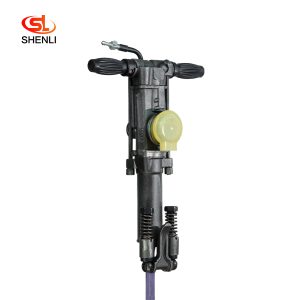
Product Description: Y18 hand – held and air – leg drill is suitable for drilling and blasting holes on soft, medium and hard rocks and W-1.5/4, W-1.8/5, W-2/5 and othe […]

